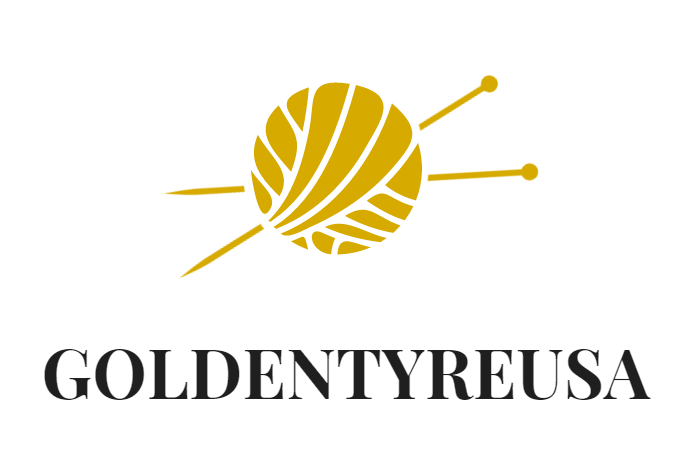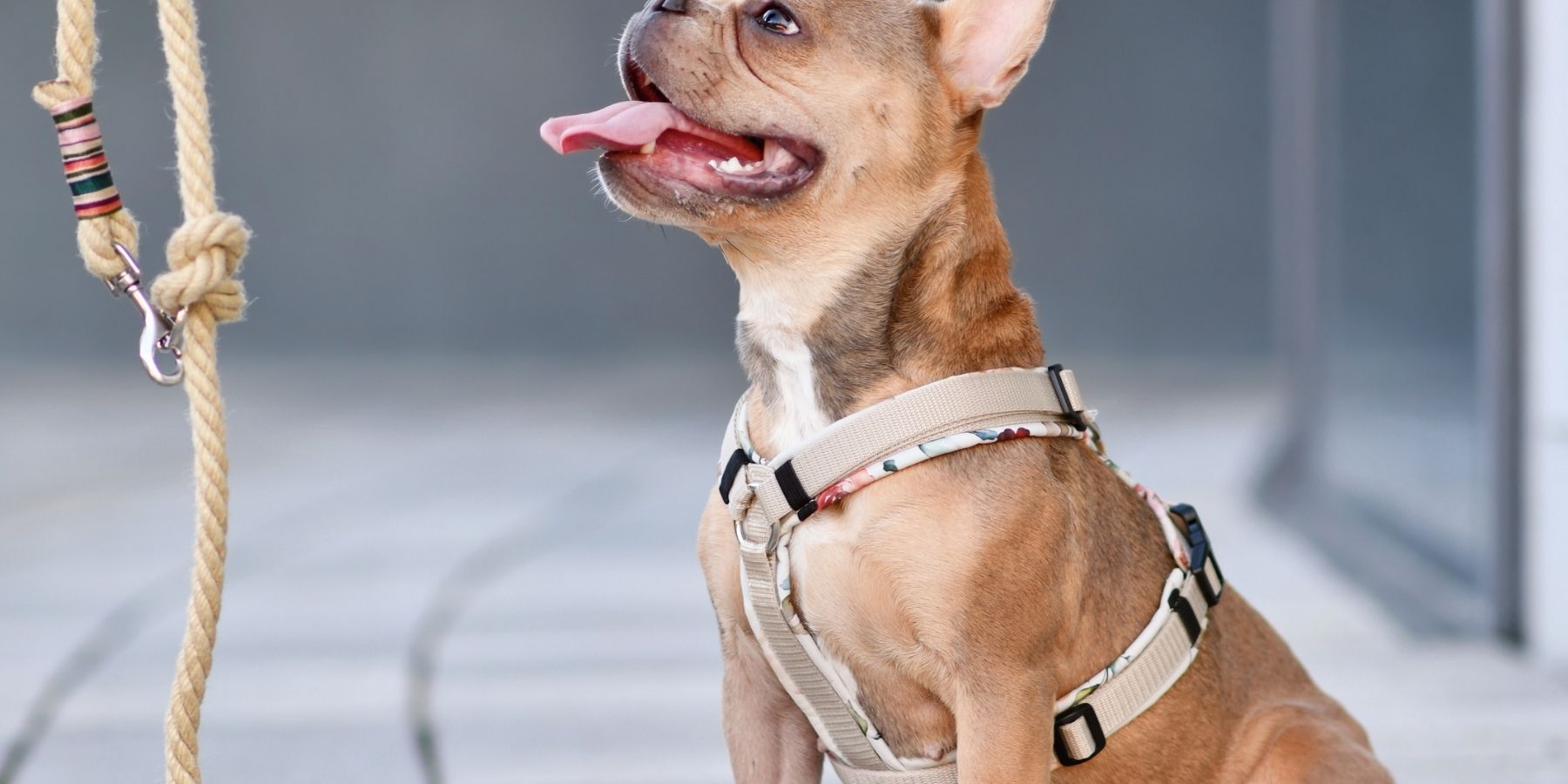Creating a custom dog harness is a rewarding DIY project. It ensures a perfect fit for your dog and lets you add a personal touch. Let’s explore how to make one.
Materials Needed
Strong fabric (like nylon or canvas)
Soft padding material for comfort
Measuring tape for accurate sizing
Scissors for cutting fabric
Sewing machine or needle and thread for assembly
Buckles and adjustable straps for a secure fit
Reflective strips for safety (optional)
Step 1: Measuring Your Dog
Accurate measurement is crucial. Measure your dog’s chest and neck, adding a few inches for comfort and movement. Write these measurements down to reference during the project. Remember, it’s better to have a bit more fabric than not enough.
Step 2: Cutting the Fabric
Based on your measurements, cut the fabric and padding. Remember to add a margin for seams. Cut two pieces for each part – one for the outer layer and one for the inner padding. The fabric should be sturdy enough to hold the weight of your dog but also soft to prevent chafing.
Step 3: Sewing It Together
Start by sewing the inner padding to the outer fabric. Make sure the seams are strong, especially where the straps will attach. You may want to double-stitch for added strength. Ensure the padding is evenly distributed to avoid any uncomfortable pressure points on your dog.
Step 4: Adding Straps and Buckles
Attach the straps at the appropriate places – one set around the neck and another around the chest. Make sure the buckles are easy to fasten but secure enough to hold. The straps should be adjustable to accommodate for slight weight changes or a growing puppy.
Step 5: Customizing Your Harness
This is where you can be creative. Add reflective strips for safety during night walks, or personalize them with colors and patterns that match your dog’s personality. Ensure any additional decorations do not compromise the harness's functionality or your dog's comfort.
Step 6: Final Fitting
Try the harness on your dog, checking for any areas that might need adjustment. The harness should fit snugly but not too tight, allowing for two fingers to slip comfortably between the harness and your dog's body. Observe how your dog moves in the harness and make any necessary adjustments.
Alternative Method: Making a Rope Harness
For those who prefer a more rustic or minimalist approach, creating a dog harness from rope can be an excellent choice. This method is particularly useful if you need a sturdy and quick solution. Here's a simple guide to how to make a dog harness out of rope:
Materials Needed
A strong, durable rope (preferably nylon or a climbing rope for strength and flexibility)
A lighter or matches for sealing the rope ends
Scissors
Optional: a carabiner for easy leash attachment
Steps to Create a Rope Harness
Measuring: Start by measuring your dog in the same way as for a fabric harness. Add a little extra length to account for knots and adjustments.
Cutting and Sealing the Rope: Cut your rope according to the measurements, leaving extra for adjustments. Use a lighter or matches to slightly melt the ends to prevent fraying.
Tying the Harness: There are various methods to tie a rope harness, but a simple one involves creating a loop around the dog's neck and another larger loop around the chest, connecting these two with a vertical line of rope along the chest. Secure with strong knots.
Adjustment and Comfort: Since rope can be less forgiving than padded fabric, ensure the harness is not too tight. It should allow freedom of movement without rubbing or pressing into the skin.
Attachment Point for Leash: You can create a loop at the back for leash attachment or use a carabiner to clip the leash to the rope at the chest or back, depending on your dog’s pulling habits and your control needs.
Conclusion
A DIY dog harness is a practical and enjoyable project. It ensures a perfect, comfortable fit and allows for personalization, making walks safer and more enjoyable for both you and your dog.
FAQs
Is a homemade harness strong enough for large dogs?
Yes, with the right materials and strong stitching, it can be suitable for large breeds.
Can I add a handle to the harness for better control?
Absolutely! Just ensure it's securely attached and positioned correctly.
How do I prevent the harness from rubbing and causing discomfort?
Make sure it fits properly and use soft padding, especially in areas prone to rubbing.
What should I do if my dog chews the harness?
Consider using more durable materials or a chew deterrent on the harness.
How often should I check the harness for wear and tear?
Regular checks, especially after intense activity or growth spurts in puppies, are recommended.


